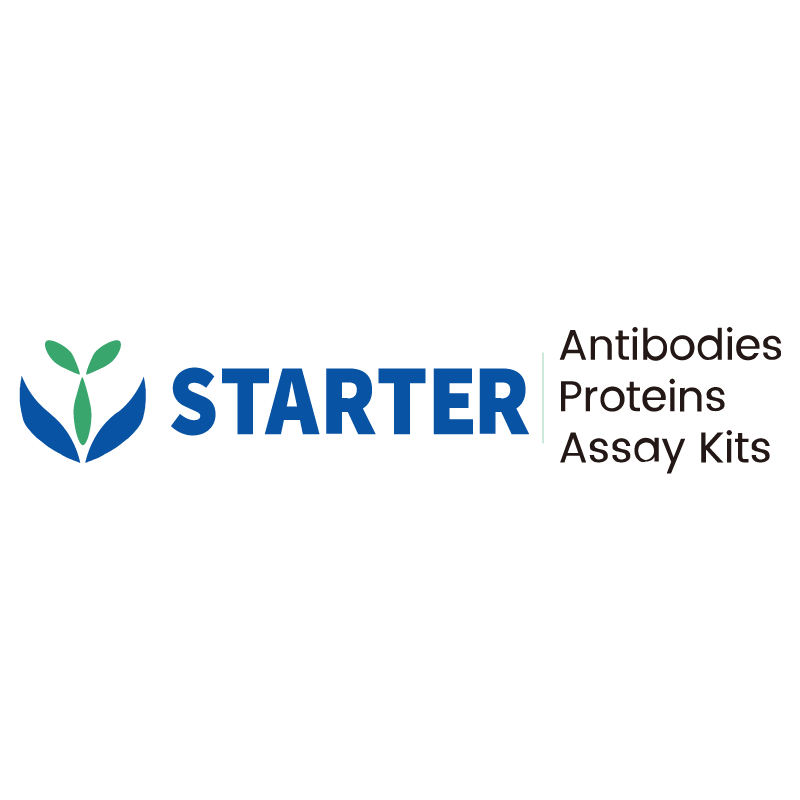Flow cytometric analysis of Human PBMC labelling Human CD57 antibody at 1/200 (1 μg) dilution (Right panel) compared with a Mouse IgG1, κ Isotype Control (Left panel). Goat Anti-Mouse IgG Alexa Fluor® 488 was used as the secondary antibody.
Product Details
Product Details
Product Specification
| Host | Mouse |
| Antigen | CD57 |
| Synonyms | HNK-1; Leu-7 |
| Location | Cell membrane |
| Clone Number | S-3011 |
| Antibody Type | Mouse mAb |
| Isotype | IgG2a,k |
| Application | FCM |
| Reactivity | Hu |
| Positive Sample | Human PBMC |
| Purification | Protein A |
| Concentration | 2 mg/ml |
| Conjugation | Unconjugated |
| Physical Appearance | Liquid |
| Storage Buffer | PBS pH7.4 |
| Stability & Storage | 12 months from date of receipt / reconstitution, 2 to 8 °C as supplied |
Dilution
| application | dilution | species |
| FCM | 1:200 | Hu |
Background
CD57 (also designated HNK-1 or Leu-7) is not a protein per se, but a carbohydrate epitope synthesized by the enzymatic action of beta-1,3-glucuronyltransferase 1 (B3GAT1), a type-II membrane protein encoded by the B3GAT1 gene on chromosome 11q25; this enzyme transfers glucuronic acid to terminal N-acetyllactosamine to form the sulfated CD57 determinant on a variety of cell-surface proteins, lipids and chondroitin sulfate proteoglycans, conferring the antigen that marks subsets of terminally differentiated natural killer and CD8+ cytotoxic T lymphocytes, as well as certain neural and muscle cells, and is implicated in neural cell adhesion and the delineation of late-stage lymphocyte maturation.
Picture
Picture
FC


